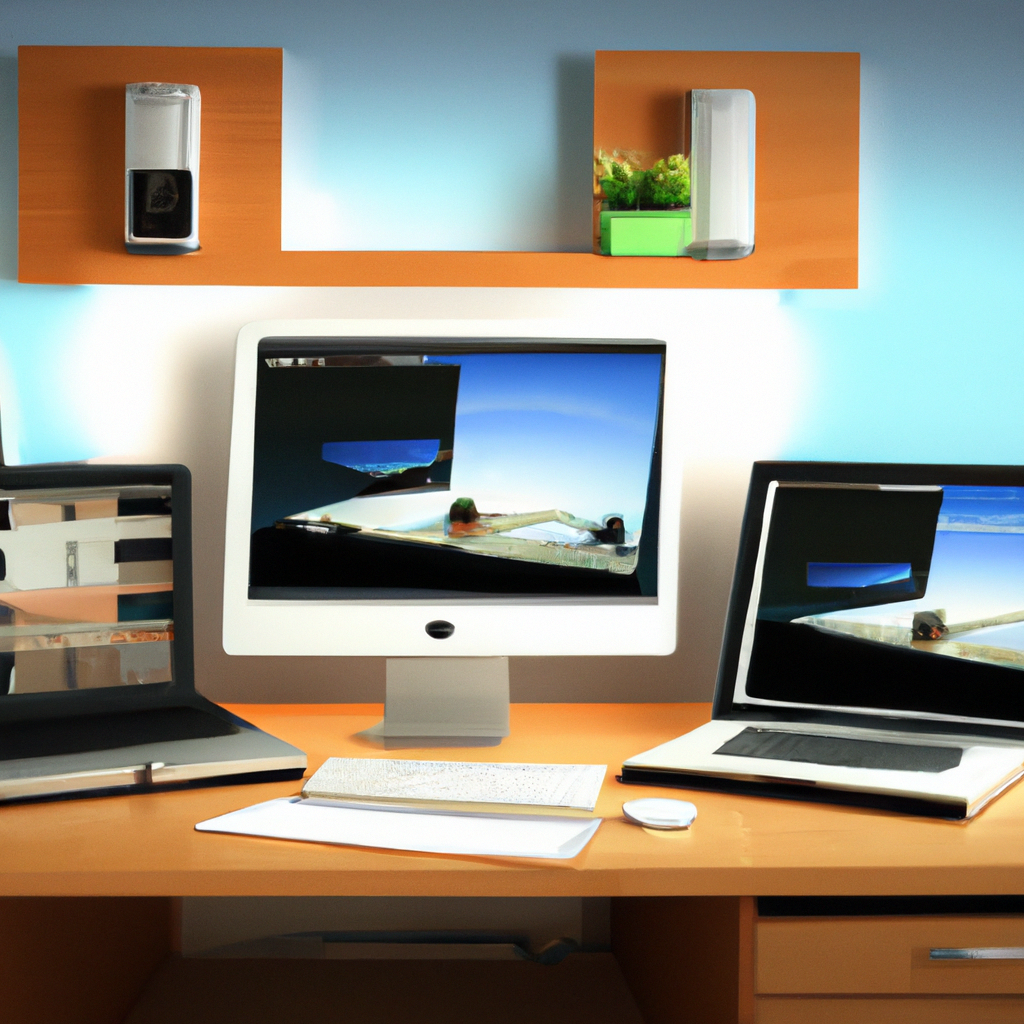
Enabling an Efficient Work-From-Home Setup: Customizing Multiple Monitors for Hybrid Working
As hybrid working becomes the new norm, establishing an efficient at-home workspace is pivotal. One critical element of this setup is using multiple monitors, which can drastically bolster productivity. This article offers insights into effectively customizing multiple monitors for a seamless and efficient work-from-home environment.
1. The Benefits of Using Multiple Monitors
Expanding your digital workspace across multiple screens has numerous advantages:
- Increased Productivity: Having more screen real estate allows you to view and manage more applications simultaneously, reducing time spent in switching between windows.
- Organized Workspace: Multiple monitors offer the flexibility to dedicate each screen to specific tasks, helping maintain an organized and focused working environment.
2. Setting Up Multiple Monitors on Windows
Windows supports multiple monitors natively, making setup and customization straightforward:
- System Setup: After physically connecting the monitors, head over to Display Settings. Here, you can adjust the orientation, align monitors, and adjust resolution.
- Taskbar Management: With multiple monitors, you have the option to display the taskbar on all screens or limit it to the primary one for a clutter-free workspace.
3. Multi-Monitor Management on macOS
Apple’s macOS also provides extensive options for managing multiple monitors:
- System Setup: Connect your monitors and navigate to System Preferences > Displays > Arrangement to configure the display layout, resolution, and alignment.
- Spaces: The Spaces feature in macOS enhances the multi-monitor experience, allowing users to create unique virtual desktops for specific tasks on each monitor.
4. Third-Party Tools for Enhanced Functionality
While OS settings offer basic customization, third-party tools can significantly enhance the multi-monitor experience:
- DisplayFusion: This software (Windows-only) offers incredible customization, including individual taskbars for each monitor, separate wallpapers, precise window management, and more.
- Magnet (macOS): This app offers window-snapping functionality, enabling users to efficiently divide their screen space between different apps and tasks.
5. Best Practices for Multi-Monitor Arrangement
Efficient multi-monitor setup improves productivity and reduces discomfort:
- Screen Placement: Monitors should be lined up according to how frequently they’re used. The primary monitor, utilized most, should be at the center of your field of vision.
- Monitor Angles: The side monitors should be angled between 15 to 70 degrees from the center monitor to avoid strain on the neck.
6. Conclusion
Mastering multiple monitor setups can transform your work-from-home experience, cultivating an efficient, organized digital workspace that enhances productivity. From fundamental OS settings to advanced third-party tools, multiple monitor customization offers a wealth of potential for a seamless workflow, making it a worthy consideration for any hybrid working setup.